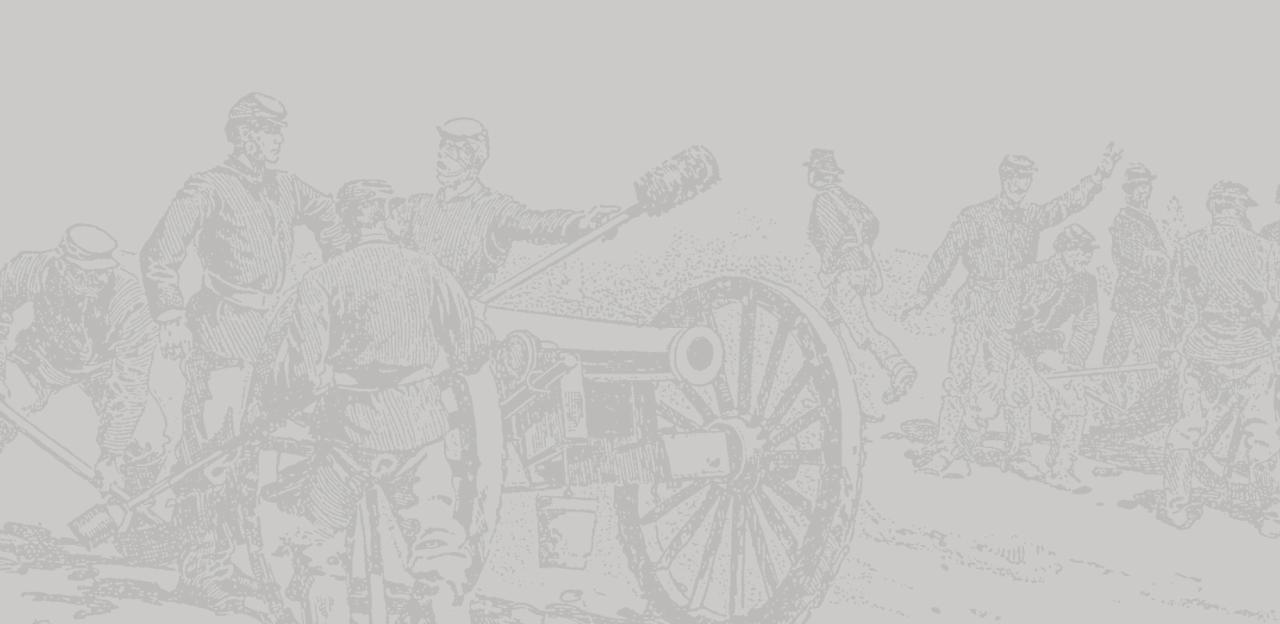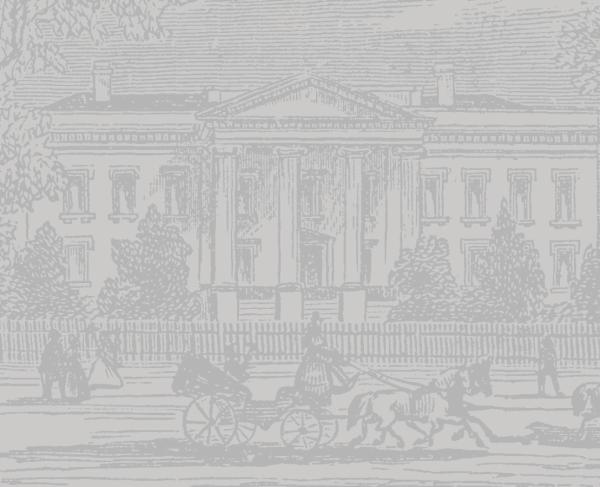Second Dedication Speech for the Virginia Memorial at Gettysburg

The ceremonies for the dedication of the Virginia Memorial at Gettysburg included an opening prayer, two welcoming addresses, and an extended oration. This welcoming address was given by then Assistant Secretary of War William M. Ingraham. Please click here for the program of events.
It gives me great pleasure to be present on this occasion and to perform a most pleasant duty in behalf of the War Department. This beautiful memorial is placed on this historic ground by the State of Virginia in honor of those who sacrificed their lives in behalf of the ideals for which they fought. We gather around this impressive monument with a reverence due to an occasion of this kind in order that the memory of those who represented the State of Virginia in the greatest battle of the Civil War shall be kept green. We are not here to discuss the causes of the War or to comment on its results. We are here, however, to pay a loving tribute to those who fell for a cause which they believed was just and right. No one can deny their sincere belief and honest convictions of the justice of their cause, and they died fighting as bravely as any men ever fought in battle.
We are now meeting at a critical time in the history of our country. War has once more come upon us, and all our manhood, wealth, and energy must be summoned to support the Government and bring to a successful termination the great struggle in which we are now involved. The lessons that we gather from the battlefield on which we stand, the inspiration that this monument gives us, all go toward helping us solve the difficulties of the present hour. The Civil War up to the time of the outbreak of the present conflict was the greatest struggle the world had ever seen, but now it sinks into insignificance compared with the war going on in Europe. The battle of Gettysburg, the greatest of the Civil War, was a small one compared with the gigantic and terrific battles of the present war. But those who took part in the Civil War and especially in the battle of Gettysburg realize what war means and can best interpret the full significance of the present struggle.
As we look over this beautiful field with its monuments, markers and cannon, a peaceful atmosphere pervades the scene. The mountains in the distance seem to embody the very idea of strength and manhood, and under those heights this peaceful field, once the scene of carnage, is now a beautiful park, a reservation set aside and preserved by the United States as a meeting place for those who once bitterly fought on its soil. It is a field that is famous all over the world, and it is most fitting that those who once contested every inch of its surface should come here to honor those who fell. It is a delightful thought that those who actually took part in the Civil War and those who know it only as history can come here as brothers and all stand for a reunited country and a common cause. This statue means much not only to Virginia, but to the United States as well.
The State that this monument represents is one of our oldest, being one of the thirteen original States of the Union. She has given to this country the greatest names in our history. Washington, "the Father of his Country;" Jefferson, the author of the Declaration of Independence, and John Marshall, the greatest expounder of the law. It is truly wonderful to read the list of Presidents and other distinguished men that Virginia has produced. And today she is doing her full part in sharing the great burdens that this country is called upon to shoulder. No wonder, then, that I take a special pride in coming here as the representative of the War Department to accept in its behalf this magnificent work of art placed here by the great State of Virginia, exemplifying the love of her people for those who fought and died in her behalf. This monument will always stand here and it will tell future generations of valorous deeds and devotion to ideals and principles that the passage of time cannot erase. This battlefield is consecrated with the blood of both the North and the South. We stand around this monument to write in large letters the story of the heroism of the sons of the Old Dominion who took part in the battle of Gettysburg.
Different States, regiments and associations have erected here monuments to their heroes, that the part they took in this great battle may not be forgotten. Although the armies of the North and South vied with each other for supremacy, and it was here that the greatest carnage occurred, yet the memory of this great battle awakens no feelings of anger within the heart of any one. This field was contested inch by inch, stand after stand was made first by one side and then by the other, shot and shell poured forth from the months of hundreds of cannon, and yet it is today in this reunited nation a field on which both sides meet as one great family. Nowhere in the civilized world can you find a similar case. It is truly characteristic of the American people, a people who can adjust themselves to new conditions, a people who can forget past differences and stand as one before the world. This battlefield represents the true spirit of the people of our great country, for here we can all assemble and share in each other's joys and sorrows and in each other's victories and defeats. Virginia knows how to honor those she loved and who fought and died for her ideals. It is only natural and proper for those who survive to honor those who fell. It matters not whether they be the victors or the vanquished as long as their part was honorable and they fought like men.
This monument, then, has been erected in honor of the memory of all of the sons of Virginia who took part in the battle of Gettysburg. The General Assembly of that State made a generous appropriation that a fitting memorial should stand on the very ground on which they fought. I desire to compliment all those who have labored to produce this memorial. The commission having this matter in charge has certainly been faithful to its trust. The sculptor who has wrought the figures representing the different arms of the Confederate service and who has produced this beautiful equestrian statue of that great and gallant soldier, General Robert E. Lee, should be specially commended on the excellence of his work.
Indeed, Virginia should be pleased and has occasion to feel justly proud of this memorial. In behalf of the War Department, I extend its congratulations to the Commonwealth of Virginia in placing here such a beautiful statue to her sons. It is right and proper that Virginia should be thus represented on this field. It goes without saying that the War Department is glad to add this beautiful statue to the number already under its care, and as long as granite and bronze endure, it shall stand as a great and loving tribute to those brave men who fought and died for their State and for a cause that they sincerely believed was just and right.

